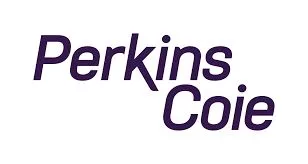In our last update on this issue, we advised you of the tough stance the Trademark Trial and Appeal Board ("TTAB") has taken against incorrect "statements of use" in trademark applications and registrations. Specifically, filing an erroneous statement that a trademark is in use, when in fact it is not in use, can constitute fraud on the U.S. Patent and Trademark Office ("Trademark Office"). Such a finding of fraud can be the basis for invalidating the registration for the entire class of goods or services, even if the error only applies to one good or one service in the class. Moreover, the registration can be nullified based on any erroneous filing, whether it occurs during the application process or post-registration. This update provides further insight into actions that can be taken to correct such misstatements of use and minimize the risk of a successful challenge to your trademark registrations.
A challenge to your registration based on fraud is most likely to occur when you seek to enforce your rights, such as when you are pursuing an opposition or cancellation action against another mark. Thus, the potential for a fraud counterclaim may effectively limit a trademark owner's ability to enforce its own rights. At a minimum, it may create uncertainty —at an inopportune time—regarding an owner's trademark rights.
A recent decision from the TTAB provides guidance concerning the steps a trademark owner can take to proactively correct an overly inclusive statement of use that was filed with the Trademark Office. Namely, correcting a false statement of use—prior to an actual or threatened challenge based on fraud—creates a rebuttable presumption that there was no intent to deceive the Trademark Office. This means that the TTAB will assume that there was no fraud, unless such fraud can be proven by the entity that is challenging the validity of the registration.
In short, proactively amending a trademark registration—in order to remove goods or services that were not in use at the time a statement of use was filed—is likely, at a minimum, to make fraud more difficult to prove, and it also is likely to significantly reduce the risk that a fraud claim would be successful.
Despite this ruling, however, amending your registration may not be the best or only option, from a strategy perspective. Therefore, if you believe that a statement of use—filed with the Trademark Office at any time during the application or registration process—may have included one or more goods or services for which there was no use at that time, we recommend a proactive discussion of your options with legal counsel.
The content of this article is intended to provide a general guide to the subject matter. Specialist advice should be sought about your specific circumstances.


